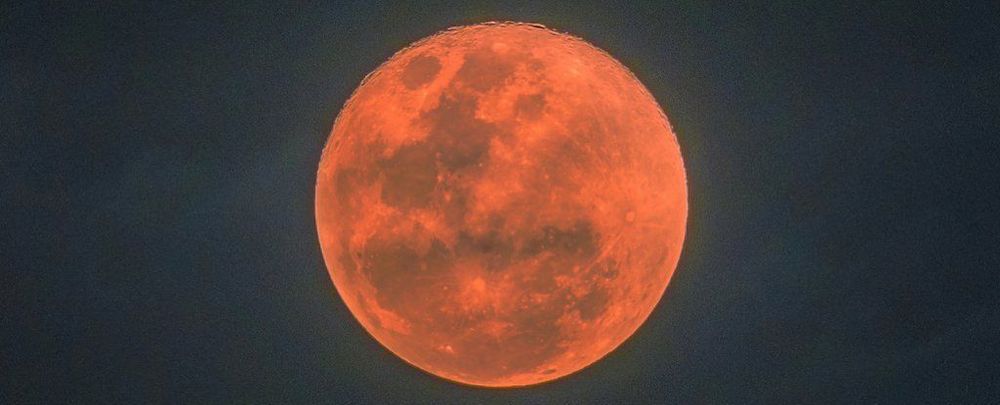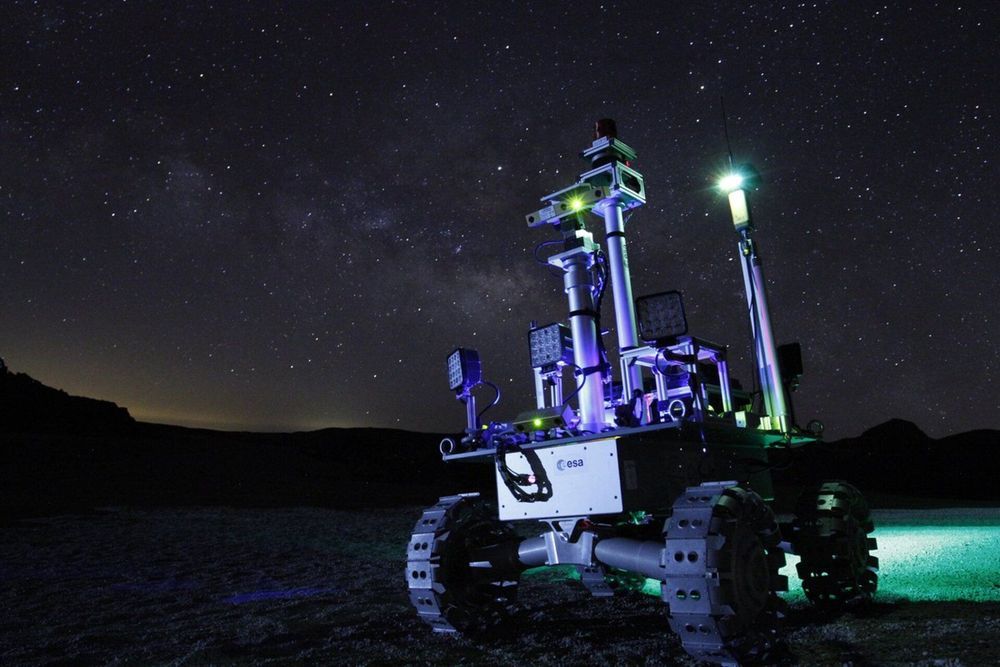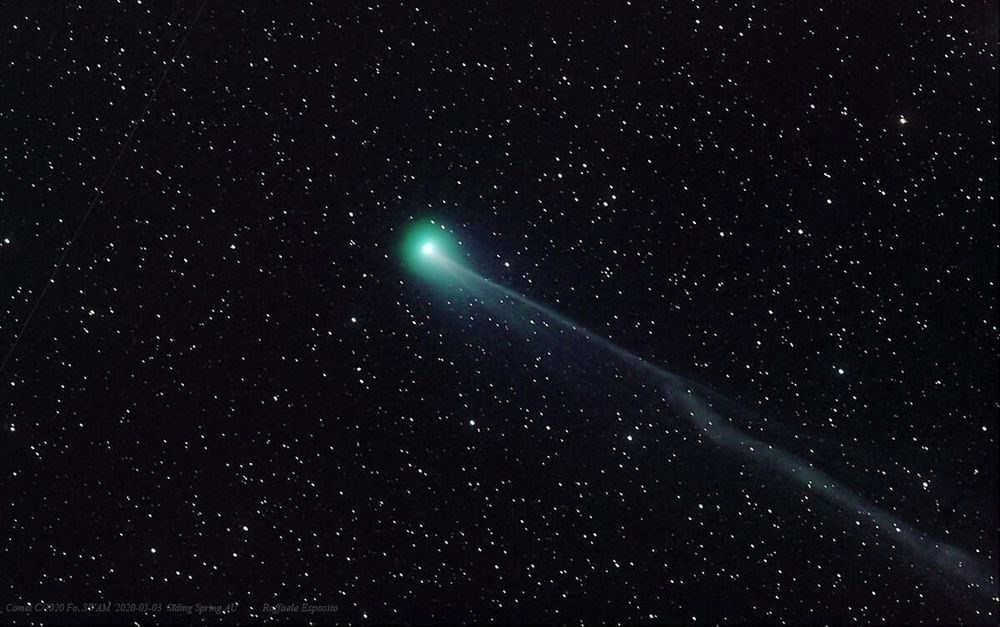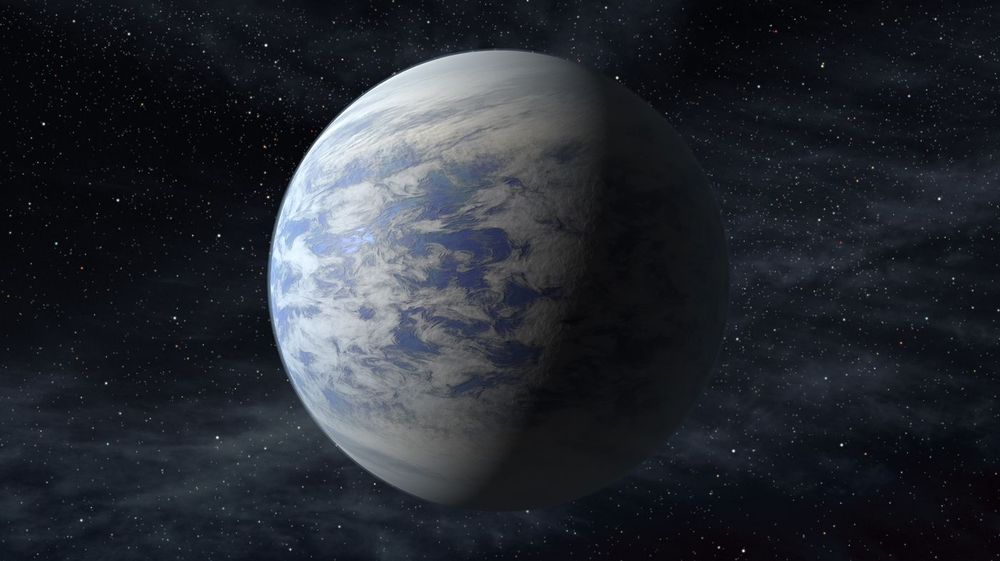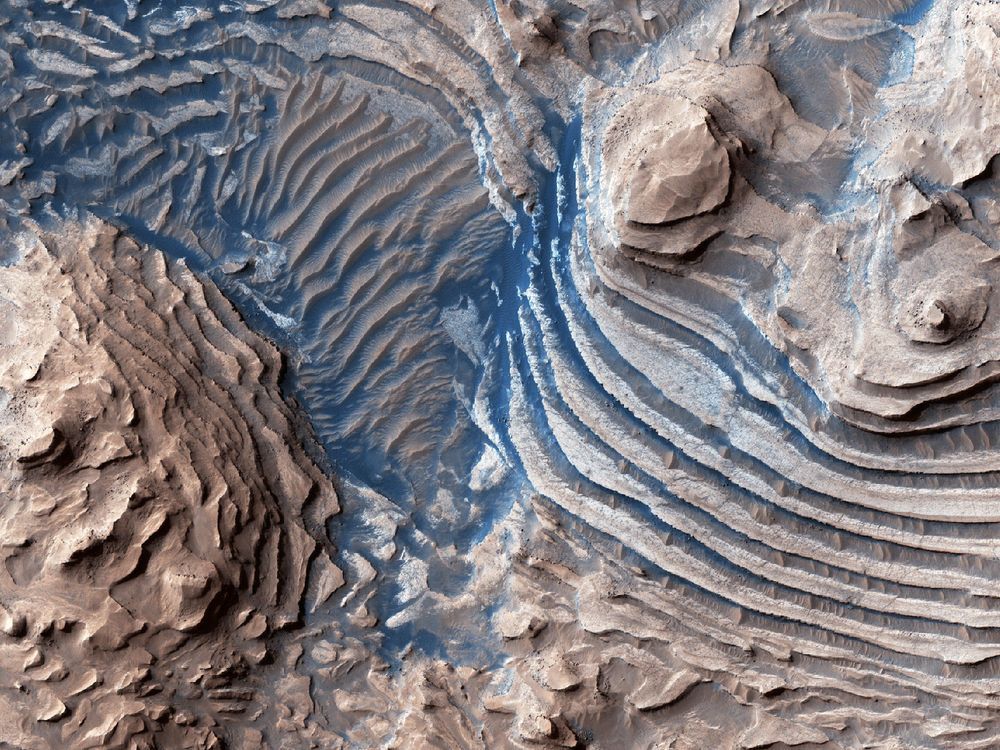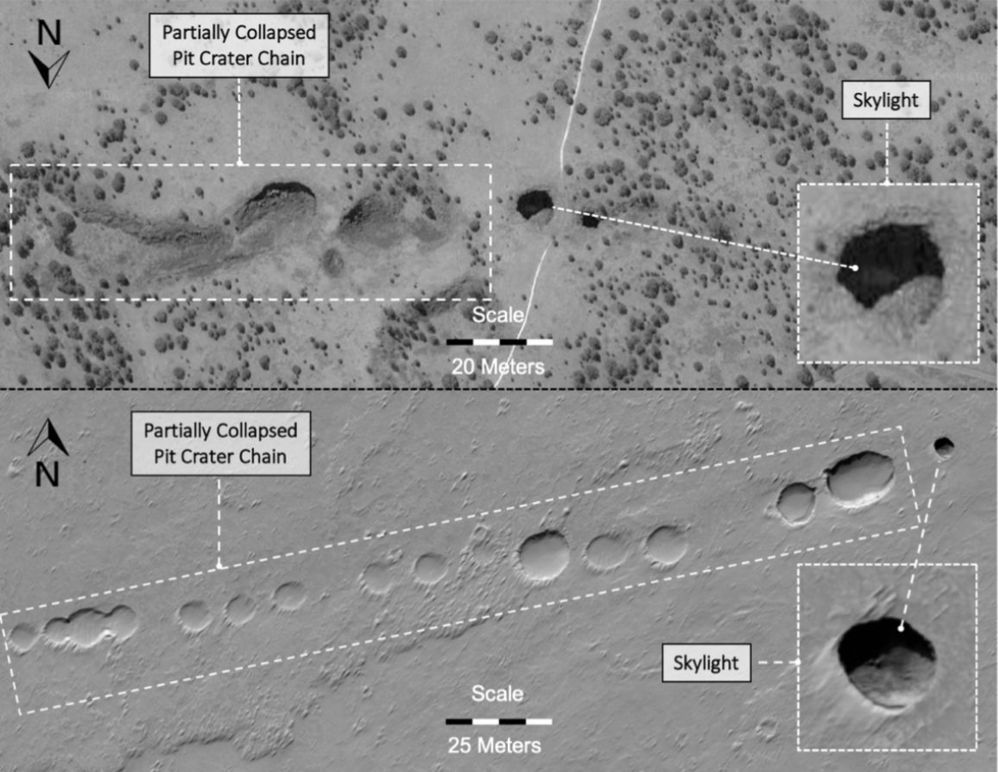This new paper argues that continued economic growth on Earth will hit a thermodynamic limit within the third millenium, if economic activities and energy consumption cannot be decoupled. The maximum size would be up to 7000 times the current one. An in-space economy would offer a way out.
“Energy Limits to the Gross Domestic Product on Earth” https://arxiv.org/abs/2005.05244
(Image: Wikipedia — https://commons.wikimedia.org/wiki/File:Sky_mile_tower.jpg)

